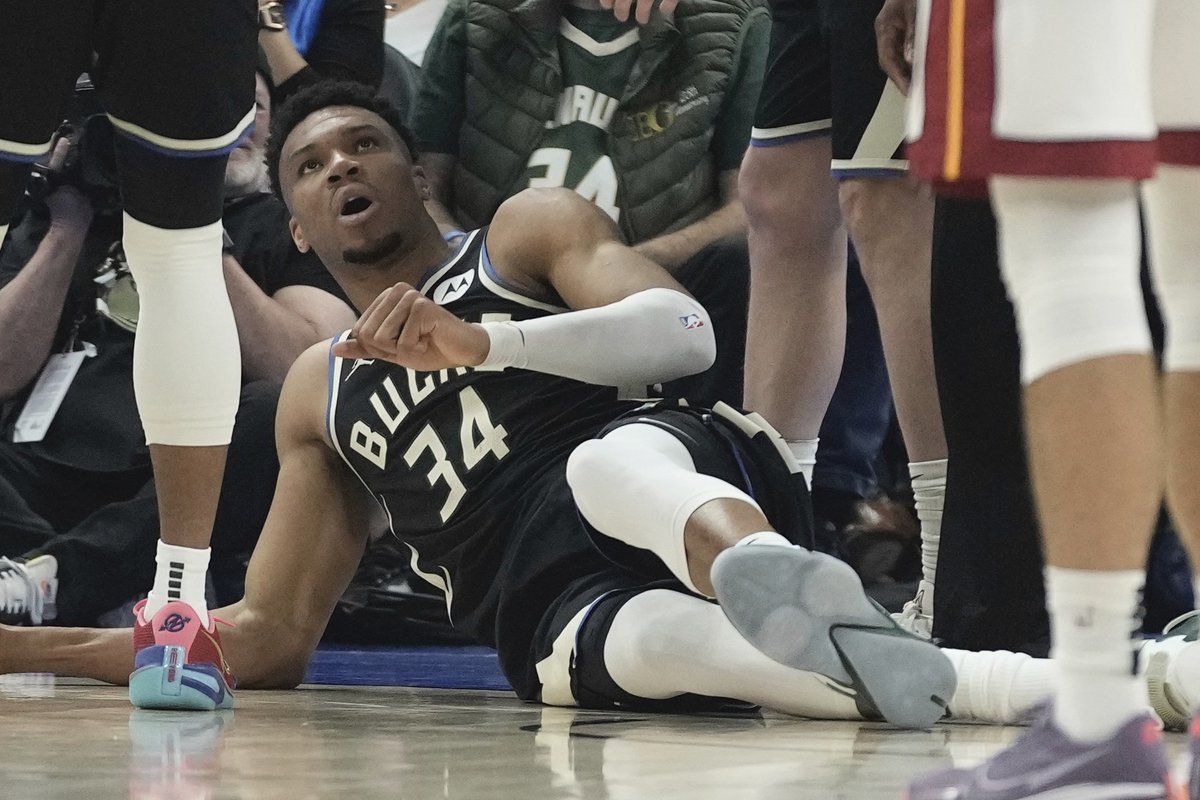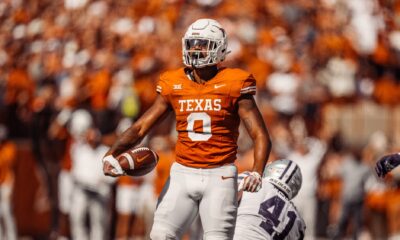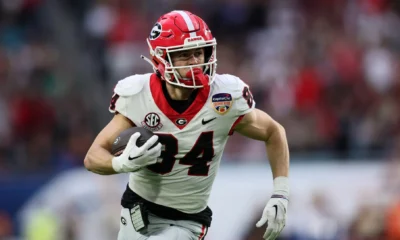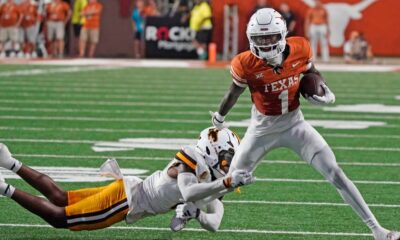
The offensive charge in basketball is undergoing a public relations crisis. Over the weekend, during the much anticipated first round of the NBA playoffs, three impactful injuries happened. Two featured face-of-the-franchise players free-falling in the air with no time to brace themselves after leaping toward the rim.
Ultimately those two players, Memphis Grizzlies guard Ja Morant and Milwaukee Bucks forward Giannis Antetokounmpo, ended up leaving their respective games and not returning.
In the very, very limited time since those incidents, many have voiced their anger at charges. The arguments have included talking points such as “taking a charge isn’t real defense.” “It’s too dangerous,” and the play itself “isn’t important.”
Some charge abolitionists have been concrete in their argument for a while. But, the newcomers have based their beliefs on the wrong evidence. Everyone wants to see stars healthy and available in the playoffs, but in defense of the charge, eliminating it would be the wrong answer.
Block or Charge?
To be a staunch defender of the charge is hard. Charge calls are controversial. Controversial in the sense that the definition of a charge invites multiple interpretations. According to NBA Rule 12. Part B, Section Two:
“A dribbler shall not (1) charge into an opponent who has established a legal guarding position, or (2) attempt to dribble between two opponents, or (3) attempt to dribble between an opponent and a boundary, where sufficient space is not available for illegal contact to be avoided.
- If a defender is able to establish a legal position in the straight-line path of the dribbler, the dribbler must avoid contact by changing direction or ending his dribble.
- The dribbler must be in control of his body at all times. If illegal contact occurs, the responsibility is on the dribbler.”
These calls are commonly described as “bang-bang” plays that could be called either way. Show a video of a charge call to ten people, and you’d be lucky to get a majority who agree on whether the call was correct, incorrect, or should have been whistled at all. This has only gotten harder as the gameplay has gotten faster, and players have gotten more athletic. Not to mention a latent distrust in the competency in officiating in general, where any call is at heightened risk of scrutiny.
Charging Forward
The rule itself is needed. It is well-designed and stress tested. There was not a solid arc underneath the basketball outlining what is now known as the restricted area. That change occurred in the 1997-1998 season. Later than it probably should have been, but a useful tinkering. Secondly, eliminating hand-checking and the illegal defense forced teams to adapt their ways of staying in front of players. With more driving lanes, defenders had to shift their style. Eliminating a charge rule would put the defenses at even more of a disadvantage in defending drives. Lastly, offensive players have found numerous ways to avoid charges. The prevalence of the euro-step and relaxed enforcement of the gather-step have made it possible to counter charge takers effectively.
Charges also don’t happen very much in games. The team that led the league in charges taken this year was the Oklahoma City Thunder, with 118 charges drawn. That is less than two a game. More so, in the entire league over the past two seasons, there is, on average less than one charge called per game. Just anecdotally, there are way more blocking fouls called in a game than that.
Morant Lands Hard
If you have watched the plays from this Sunday, you most likely cringed watching two of the most entertaining players in the entire league lose control in the air and spiral to the ground. But let’s all take a step back and break down what happened.
In Morant’s case, the six-foot-three guard attacked the paint from the top of the key, then took two dribbles and leaps. At the same time, Anthony Davis has rotated over, clear of the restricted area, and met Morant as he was about to jump. If you pause the video, you see that Davis is set in front of Morant for a split-second before he initiates his ascent—all legal.
Something missing in the discussion of Morant’s fall is that he seemed to have worsened an injury he was already dealing with. The full brunt of Morant’s fall fell solely on a taped right hand. Earlier during the broadcast, announcers said Morant suffered the injury in the last weeks of the regular season. Not to say that he wouldn’t have been hurt from the fall, regardless, but the severity of the injury may be more complicated than just the fall we saw.
In addition, Morant is a known high-flyer who has been criticized for his disregard for his body when he drives toward the rim. Many have wondered if his body can handle the toll that that style of play historically has resulted in.
A Freak Fall
Antetokounmpo went down in the same sort of fashion that Morant did. Video of the play captured a patented Giannis downhill drive, where his lanky body seems to stretch even more as he reaches for the basket. A rotating Kevin Love cut off the drive. It must be stressed that this is Antetokounmpo’s strategy on offense. This is his game, and he has embraced it. Not only did Antetokounmpo lead the league in fouls drawn, but he also led the league this year in offensive fouls committed, according to data on Basketball Reference. So at the least, he is used to being challenged by defenders. Antetokounmpo has made it a habit of jumping over and around people and has no issue doing it.
The lack of nuance is surprising in the discussion around the injuries. It’s like no one knows that Love is skilled in taking charges. Love is first in the NBA in charges drawn over the last two seasons, according to NBA.com. In this play, in particular, he got there pretty close to when Antetokounmpo was starting his jump. Another “bang-bang” play where the call could have gone either way.
Or this belief that the offensive players are immune from the risk of jumping in the air.
Antetokounmpo also sees Love rotating to that spot as he is already being funneled to the weak side. The argument can be made that Antetokounmpo is actually trying to jump through two defenders in this instance because Caleb Martin just gets out of the way.
A Case of Perception
The frustration with these plays is not in the plays themselves but in the outcome. Because both players suffered injuries, the reactionary outrage follows suit. The place where they direct that frustration is with a rule that they have difficulty understanding. The charge rule is a parable to pass interference in football. While the penalty varies considerably, they share the same conundrum that the application of the rule doesn’t square with our perception. If we are robbed of a highlight or the call seems “iffy,” the rule is thrown under the bus.
Finally, if the worry is that players jump from farther and higher now, so the distance from which they can attack from is extending, then that’s a different argument. The restricted area can be moved further out to compensate for that. But saying that charges are the issue here is removing all responsibility from players to protect themselves. After all, fans have no problems when a drive from the likes of Morant and Antetokounmpo results in a posterizing dunk. Dunks that normally send the defender flailing to the floor.
Related

Featured Articles
-


NBA
/ 2 hours agoBSP NBA Awards Ballot 2024
The NBA regular season has concluded officially, with the play-in games finishing off last...
By Matt Strout -


Big Blue Report
/ 17 hours agoGiants Are On The Clock
In a press conference held on Thursday, New York Giants General Manager Joe Schoen...
By Randy Zellea -


College Football
/ 1 day agoNFL Draft 2024 Scouting Report: Jaheim Bell, TE, Florida State
Jaheim Bell, TE, Florida State Height: 6’2” Weight: 241 Hand Size: 9 ⅞ ...
-


College Football
/ 1 day agoNFL Draft 2024 Scouting Report: Ja’Tavion Sanders, TE, Texas
Ja’Tavion Sanders, TE, Texas Height: 6’4” Weight: 252 Hand Size: N/A Arm Length:...









